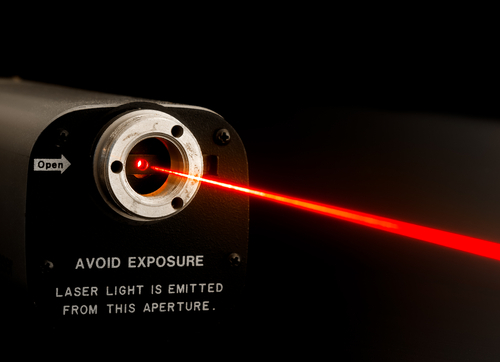Laser-based tool may help detect heart attack, stroke risk early
IANS Aug 21, 2017
A new diagnostic tool that uses near-infrared light to visualise the fatty build-up in the arteries, may help in the early detection of patients at risk of heart attacks and strokes, researchers have found.

In the study, the researchers increased the wavelength of the light -- which selectively revealed plaques with internal bleeding, typically associated with high-risk deposits and which commonly lead to blood clots, heart attacks and strokes, the researchers said."We suggest that near-infrared autofluorescence imaging is a novel technology that allows identification of atherosclerotic plaques with intraplaque hemorrhage and ultimately holds promise for detection of high-risk plaques in patients," said Karlheinz Peter from the Monash University in Australia.The near-infrared autofluorescence technique is a mixture of heme products formed during the degradation of red blood cells.
These products were only observed in the unstable plaques with internal bleeding and not observed in the more stable fatty deposits. This can improve selectivity when looking for high-risk deposits in patients and could help the doctors to identify the most at-risk patients, the researchers said in the paper published in the journal Nature Communications."We realised when we shine a light in the near-infrared wavelength range, this light is reflected at a certain wavelength. So in a way we can use laser light to shine up the plaques that are unstable and it's very characteristic," Peter said."This could help us to detect the threat of an imminent heart attack and result in a decrease of the mortality rates," said Tara Schiller, Assistant Professor at the University of Warwick in the UK.After further investigation with clinical trials, this method of imaging technique could be used to assess unstable fatty arterial plaques and could be used to monitor the effectiveness of the drugs used to prevent heart attacks or strokes, the researchers noted.
-
Exclusive Write-ups & Webinars by KOLs
-
Daily Quiz by specialty
-
Paid Market Research Surveys
-
Case discussions, News & Journals' summaries